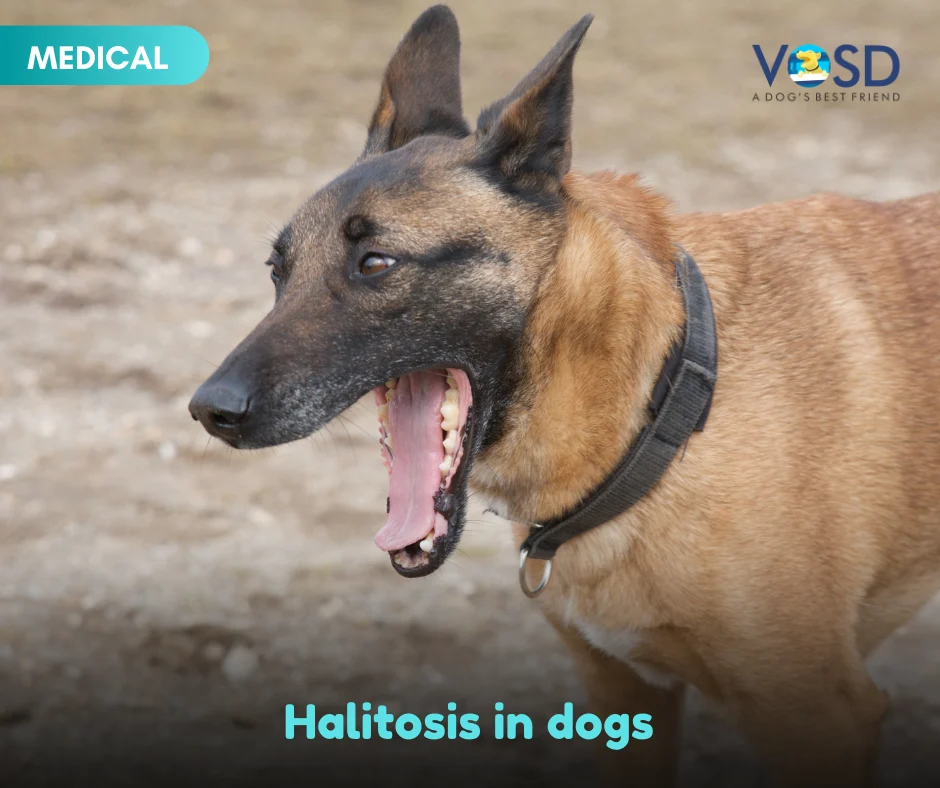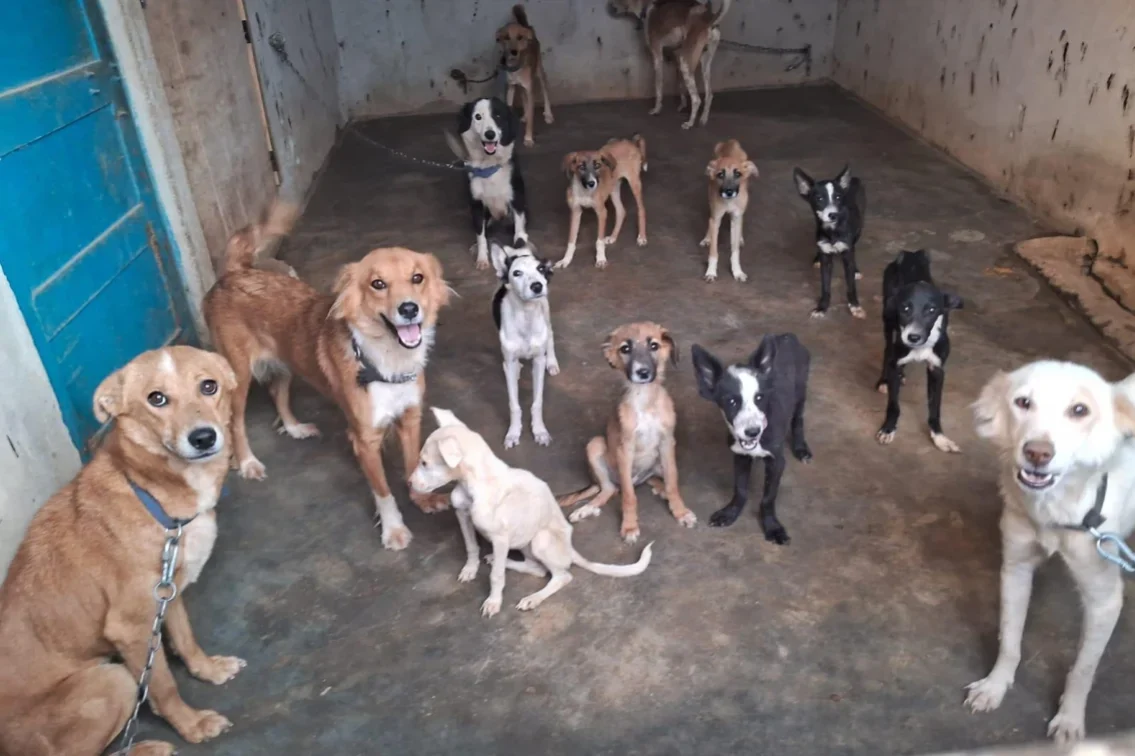What is ARDS? How can you spot it before it’s too late? Learn more about Acute Respiratory Disorder.
Acute Respiratory Disorder is an extremely dangerous health complication that can prove fatal if you don’t act quickly. Dogs are known to suffer from it, and it is often too late before they get the required medical aid. This problem, also known as “shock lung” is more common in human beings, but veterinary research has shown that it occurs in dogs. Although rare, it is always helpful to know how to handle such a situation.
According to PetMD site, there are no signs of ARDS being genetic in dogs as it is in humans. This is the cause of a lot of confusion for veterinarians and health researchers.
While ARDS happens to dogs at the final and critical stages of another disorder, awareness is paramount. VOSD is here to get you covered on all the information you need to prepare for an ARDS diagnosis.
What are the causes of Acute Respiratory Disorder, or ARDS, in dogs?
ARDS is usually caused by many other diseases. It acts as a horrible complication that follows a medical disease. Some of the illnesses that cause ARDS are pneumonia, sepsis (infection, you might know the term “septic”), and acute inflammation. It could also be the result of a complication from drowning, or a major accident. Inflammation usually leads to shock-lung, which is why it is important to always keep a watch on it.
A major accident could be a car accident, a heavy fall, or anything that causes extreme amounts of bodily harm to the dog. But more than this, it is the shock and traumatic nature of the accidents that could cause Acute Respiratory Disorder in dogs.
“Explain ARDS to me – in layman’s terms”
A lung needs oxygen to be effective. This is true for all mammals. The lungs have small “capillaries” inside them, which are tiny blood vessels that enable this oxygen exchange. If there is inflammation leading to leakage of fluid from the capillaries/blood vessels into the hollow portion of the lungs, it can be disastrous for essential activities like breathing. If a mammal (in this case your dog) can no longer breathe, it will lead to certain death.
ARDS occurs when a traumatic disease or an accident leads to this fluid collection in the lungs, causing “shock lung.” When blood, tissue, and toxic fluids go into the lungs, it can cause lung collapse.
How to identify Acute Respiratory Disorder in a dog?
It gets really bad when the fluid we talked about above starts coming out of orifices like a dog’s nose or mouth. The fluid becomes foamy. This is when things are really dangerous. The other signs of ARDS include blueness of the gums and eyelids (cyanosis).
When there is a poor supply of oxygen, the entire respiratory system acts on overtime. The rate of respiration gets faster, and you will notice the dog’s laboured, difficult attempts at breathing. The veterinarian will be able to tell the level of oxygen in the blood as well – and in the case of ARDS, it will be very low.
Fever is another symptom of ARDS, along with a cough and laboured breathing.
Diagnosing Acute Respiratory Disorder
Since ARDS is usually a result of another illness like pneumonia or pancreatitis (read more about pancreatitis here), the veterinarian should ensure that there is no chronic inflammation or signs of fluid in the lungs during those treatments. Your dog’s veterinarian will have to perform various medical tests to ascertain how oxygen levels, fluid retention, etc. A urinalysis (analysis of urine) and a count of blood cells are other important tests. The blood gas analysis is the main test to check for carbon dioxide and oxygen levels in the blood.
Treating Acute Respiratory Disorder in dogs
Acute Respiratory Disorder is usually treated alongside another disorder. Usually, if a dog is in critical stages of, for example, pneumonia, the veterinary team will provide lung support. The medical team will work to first reduce inflammation. The dog will need oxygen to compensate for the lack of it inside the lungs, and in extreme cases, will be placed on a ventilator.
In order to treat ARDS, the underlying issue needs to be solved for maximum recovery. Your dog’s veterinarian will prescribe medication to treat inflammation and infection so as to prevent shock-lung.
While there are cases of recovery, Acute Respiratory Disorder is very hard to cure. It usually happens in the final and difficult stages of other diseases, usually in the last legs.
What can you do to prevent ARDS?
The easy answer is to keep your dog fit, healthy, well-loved, and safe from pneumonia, pancreatitis, inflammation, stroke, dehydration, infection, and so on. It takes a proactive pet parent to observe patterns in your dog’s health so that medical intervention is fast and swift. For example, if your dog is injured, your first steps should be to do all you can to prevent infection and sepsis. Fast responses to minor ailments is the way to help maintain health and safety. If your dog doesn’t suffer from infection as a result, then the chances of suffering from ARDS is much, much lower. The same goes for pneumonia (not letting your dog get too cold), or pancreatitis (avoiding a fatty diet), and all the other diseases that can debilitate and subsequently cause a host of side-effects. It is often these ‘side-effects’ that prove fatal and dangerous.
Another useful and helpful action you can take is to avoid crowded places when you take your dog for a walk. An accident – a trauma – can induce ARDS depending on the extremity of the case. Don’t expose your dogs to high levels of traffic, watch where you’re going, use a torch at night, keep your front gate closed – simple things to keep your dog safe from traumatic accidents.
The information contained in VOSD Vet Advice™ is not intended nor implied to be a substitute for professional medical action which is provided by your vet. You assume full responsibility for how you choose to use this information. For any emergency situation related to a dog’s health, please visit the nearest veterinary clinic.





